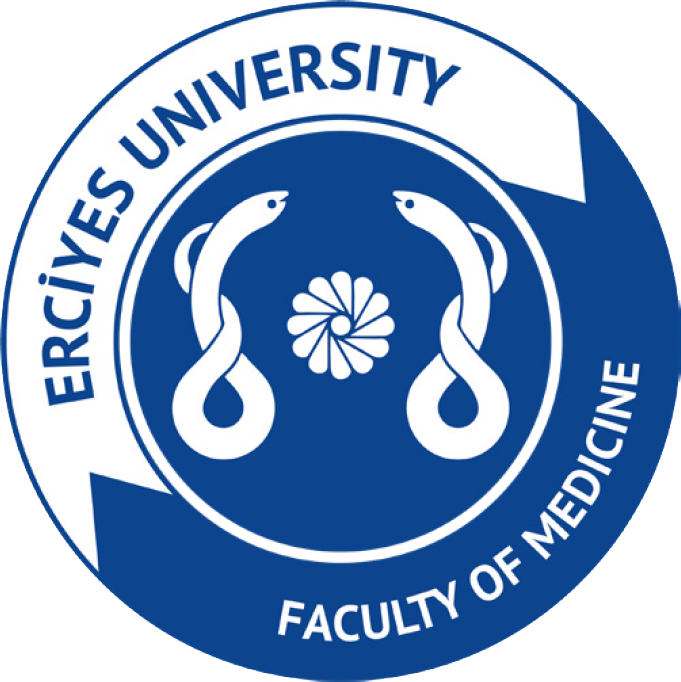2Department of Psychiatry, Niğde Ömer Halisdemir University Faculty of Medicine, Niğde, Türkiye
Abstract
Objective: This study aimed to examine acute stress, depression, and anxiety symptoms among individuals who sought medical care at Erciyes University Medicine Faculty following the Kahramanmaraş-centered earthquake in February 2023.
Materials and Methods: The study included 51 individuals aged 18 to 75 who received treatment at Erciyes University Medicine Faculty between February 6 and March 6. Participants were from earthquake-affected provinces and were admitted because of physical health concerns. The inclusion criteria included being aged 18–75, experiencing earthquake exposure, and voluntarily participating. Exclusion criteria included cognitive impairment and refusal to participate in the study. Participants completed a sociodemographic data form, the Acute Stress Symptom Severity Scale (Adult Form), and the Hospital Anxiety and Depression Scale (HADS). Data were analyzed using t-tests, the Mann-Whitney U test, Spearman correlations, and automatic linear regression.
Results: Women had significantly higher HADS-Depression scores than men (p=0.031). Participants with limb loss also had higher depression scores (p=0.025). Witnessing a death in the debris was associated with increased anxiety (p=0.037). Individuals who were alone in the debris or who had a prior psychiatric history had higher ASBS (p=0.021; p=0.013) and HADS-Anxiety scores (p=0.028; p=0.040).
Conclusion: Female gender, limb loss, witnessing a death, being alone in the debris, and a history of psychiatric illness emerged as significant risk factors for acute stress, depression, and anxiety symptoms. These findings underline the importance of early psychological screening and targeted intervention strategies for at-risk populations in post-disaster settings.


